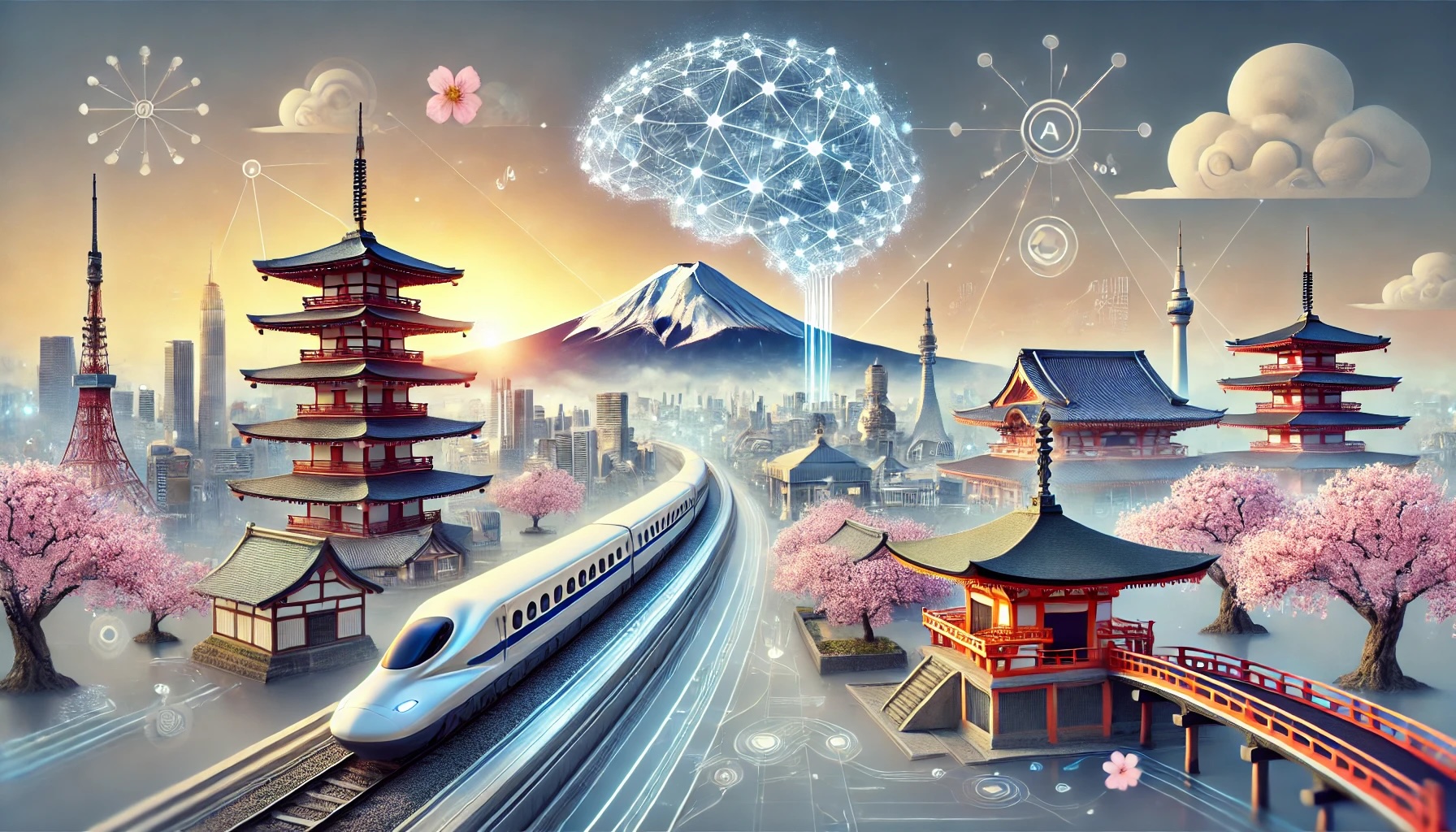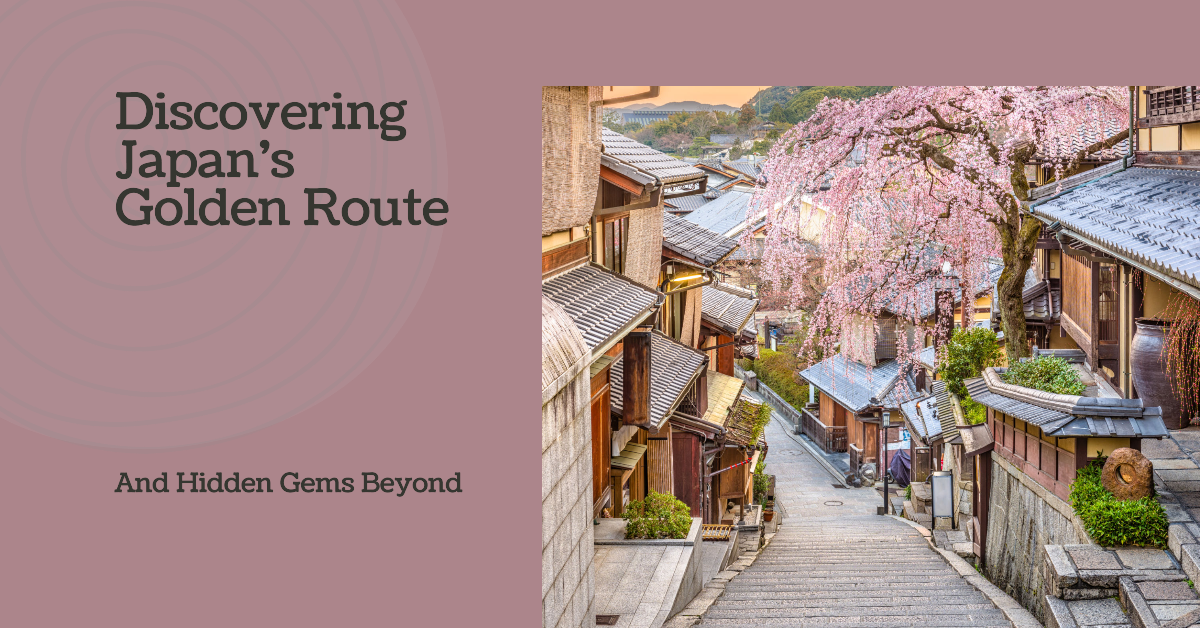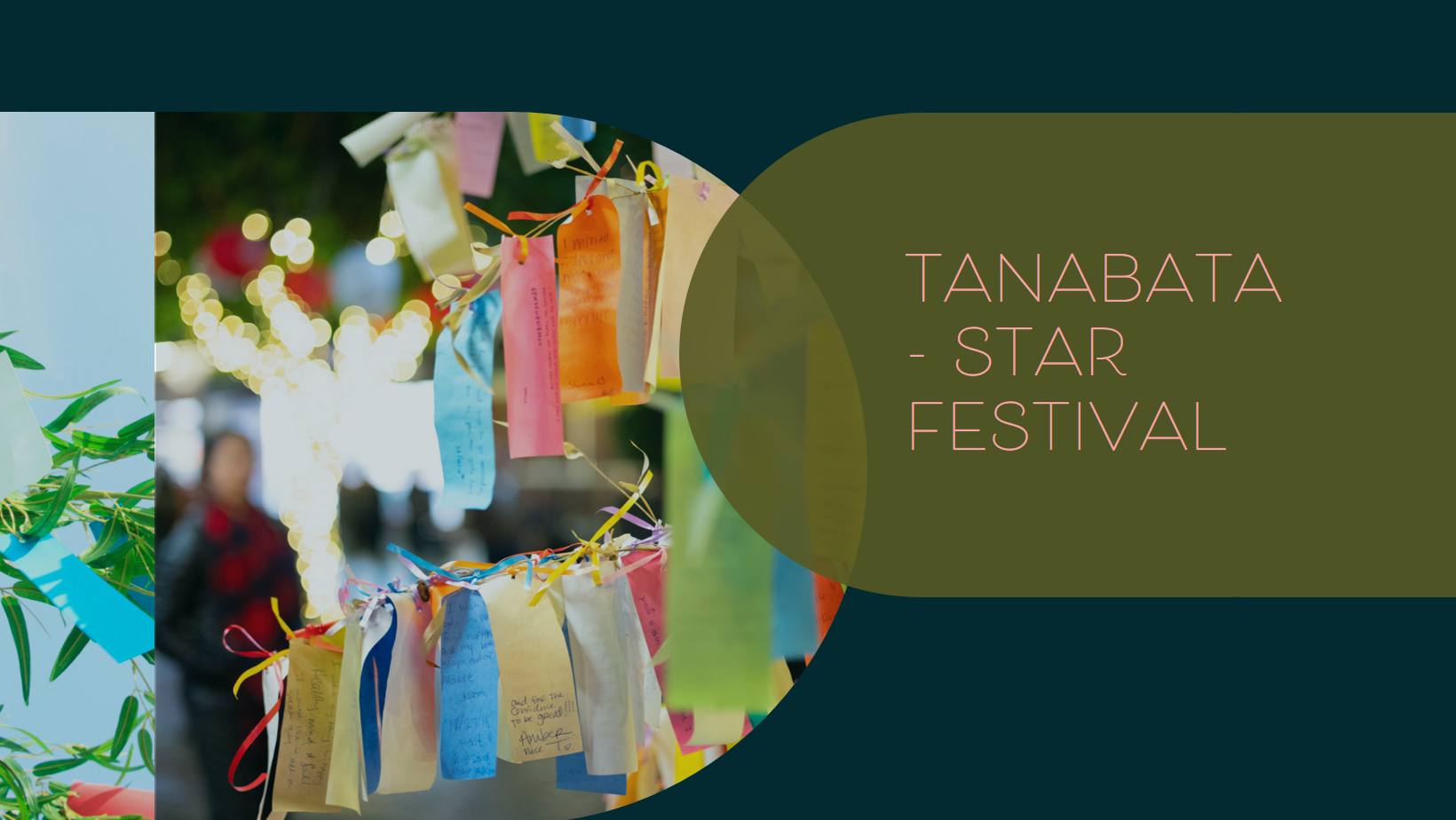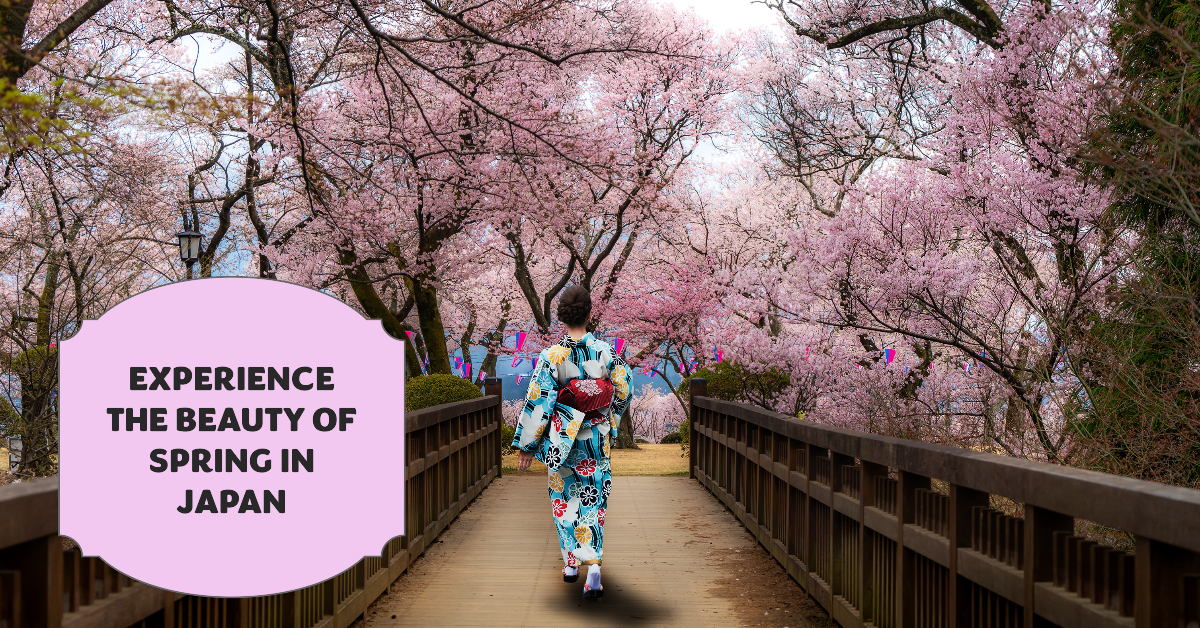Planning a trip to Japan can be an exciting yet overwhelming experience. Whether it’s your first time exploring this beautiful country or you’re a seasoned traveller returning for more, the endless list of things to do, places to see, and cultural nuances to learn about can make trip planning quite challenging. That’s where the Japan Travel Planner GPT comes in.
Check out the Japan Travel Planner GPT here.

In This Post
Why Use AI for Travel Planning?
The power of AI, especially tools like GPT, lies in its ability to sift through vast amounts of information quickly, offering suggestions, insights, and ideas in real-time. Here’s how the Japan Travel Planner GPT can help streamline your planning process:
1. Personalised Recommendations
The Japan Travel Planner GPT can provide personalised suggestions based on your preferences. Whether you’re interested in cultural landmarks, hidden gems, or the best local food spots, the AI tailors recommendations to your needs. For instance, if you tell it you love nature and quiet places, it might suggest visiting the famous Arashiyama Bamboo Forest in Kyoto or a less-known spot like the Shirakami-Sanchi World Heritage Site.
Example question:
“I’m visiting Kyoto for 3 days, and I love historic sites. What should I do?”

2. Real-Time Adjustments
When you’re planning a trip, itineraries can change. Perhaps a recommended attraction is too far away, or you decide to add a last-minute detour to a different city. The GPT can update and adjust your travel plans instantly based on your new input, helping you reshape your itinerary on the fly.
Example question:
“I have an extra day in Osaka. Can you suggest how to fill it?”
However, it’s important to note that while the GPT is fantastic at reshaping your plan in real-time, it doesn’t pull live data like current weather conditions or sudden changes, such as a restaurant closure.
The Limitations of AI in Travel Planning
While the Japan Travel Planner GPT is a powerful tool, it’s important to recognise its limitations. AI, for all its capabilities, still has areas where human input or real-time data is needed to complement it.
1. No Real-Time Local Updates
Although GPT can provide you with detailed travel plans and make adjustments as your preferences change, it does not have access to real-time information like sudden closures, live events, or transportation delays. For example, if a restaurant unexpectedly closes for the day or an attraction changes its opening hours, the AI might not reflect this in its suggestions. It’s always a good idea to verify opening hours or conditions before heading out.
Example scenario:
“You ask for a restaurant recommendation in Shibuya, and it suggests a list of places, but the AI won’t know what shops are open on that day or if a table is available. ”
2. Contextual Nuances
Japan is a country rich in culture, and while GPT provides helpful suggestions on etiquette or cultural norms, certain subtleties and more in-depth insights may not always be fully conveyed. A local guide or personal research is sometimes needed for understanding more sensitive cultural contexts.
Example scenario:
“You ask about giving gifts in Japan, and GPT provides the general rule about not giving gifts with the number 4 (associated with death), but a local might also inform you about regional nuances.”
Examples of What the Japan Travel Planner GPT Can Do
To help you visualise how the GPT can enhance your Japan trip planning, here are some examples of what it can handle:
• Itinerary Suggestions:
Example: “I’m staying in Tokyo for 5 days. Can you create a balanced itinerary that includes cultural sites and modern attractions?”
• Transportation Queries:
Example: “What’s the fastest way to get from Osaka to Nara? Should I take the train or bus?”
• Food Recommendations:
Example: “What are some must-try local dishes in Hokkaido?”
• Cultural Advice:
Example: “What’s the proper etiquette for visiting shrines in Kyoto?”
• Hidden Gems:
Example: “Can you suggest some off-the-beaten-path locations in Japan that aren’t too crowded?”
Final Thoughts
The Japan Travel Planner GPT is a versatile tool for anyone looking to explore Japan with ease and efficiency. It offers personalised suggestions, quick answers to your questions, and the ability to adjust plans in real-time based on your changing preferences. However, it’s important to complement this AI-powered tool with real-time updates and local knowledge to ensure the most fulfilling travel experience.
So, while the GPT can suggest that perfect hidden onsen (hot spring) in Hakone or guide you to the best sushi in Ginza, always remember to verify those recommendations if you’re planning on going at specific times or during peak travel periods. Let the Japan Travel Planner GPT be your virtual guide and assistant, but don’t forget the joy of exploration and discovery!
Note: To use the Japan Travel Planner GPT, you will need to sign up for an OpenAI account.






